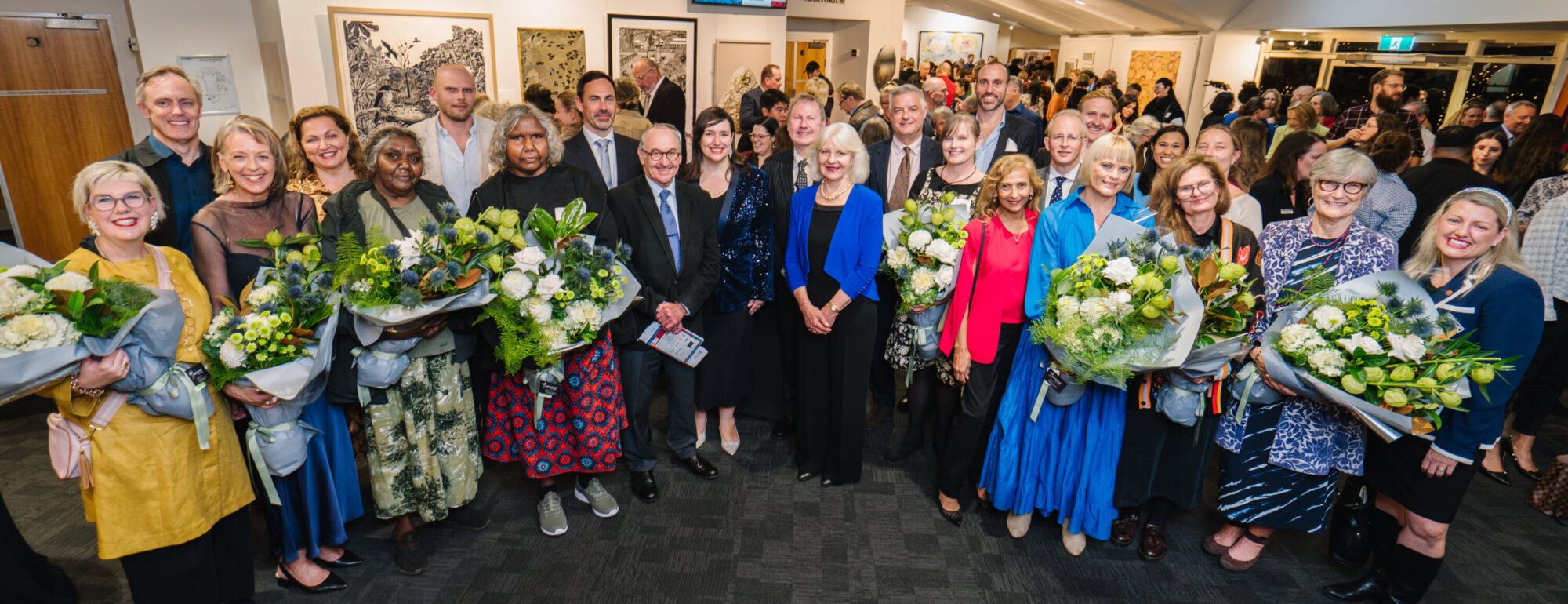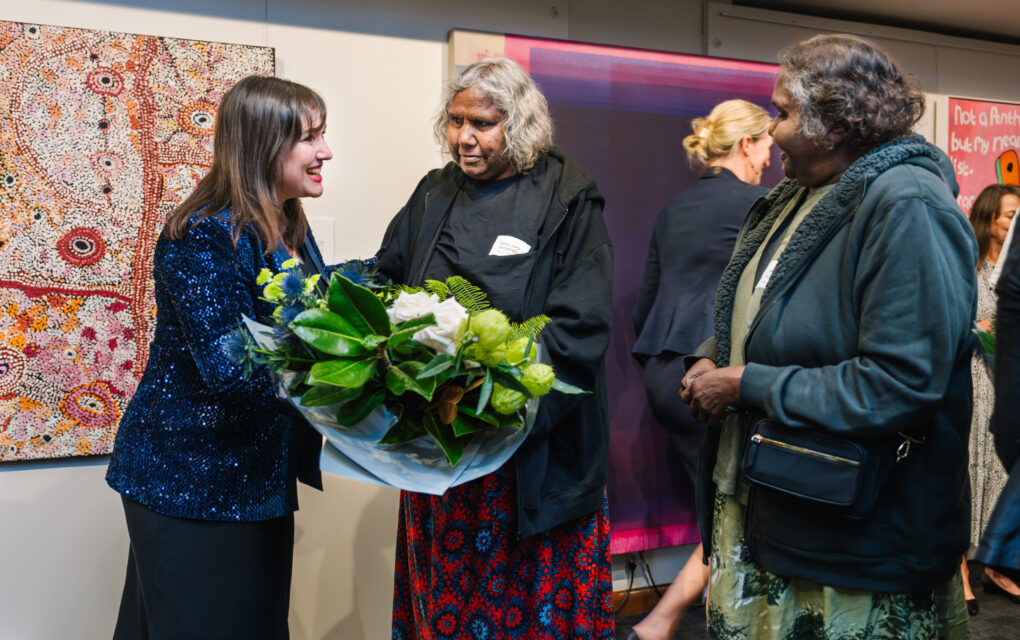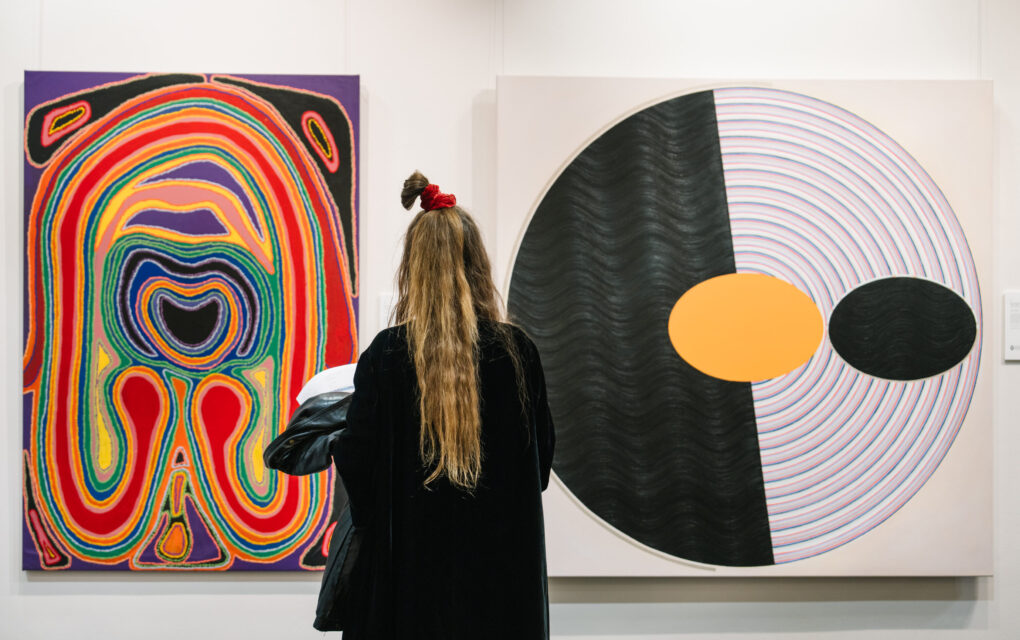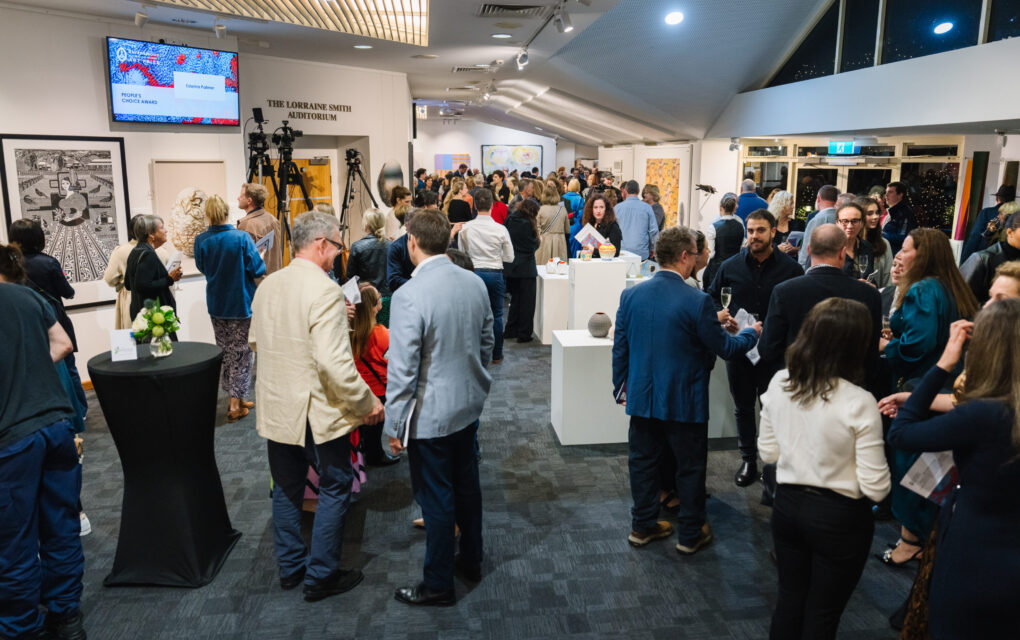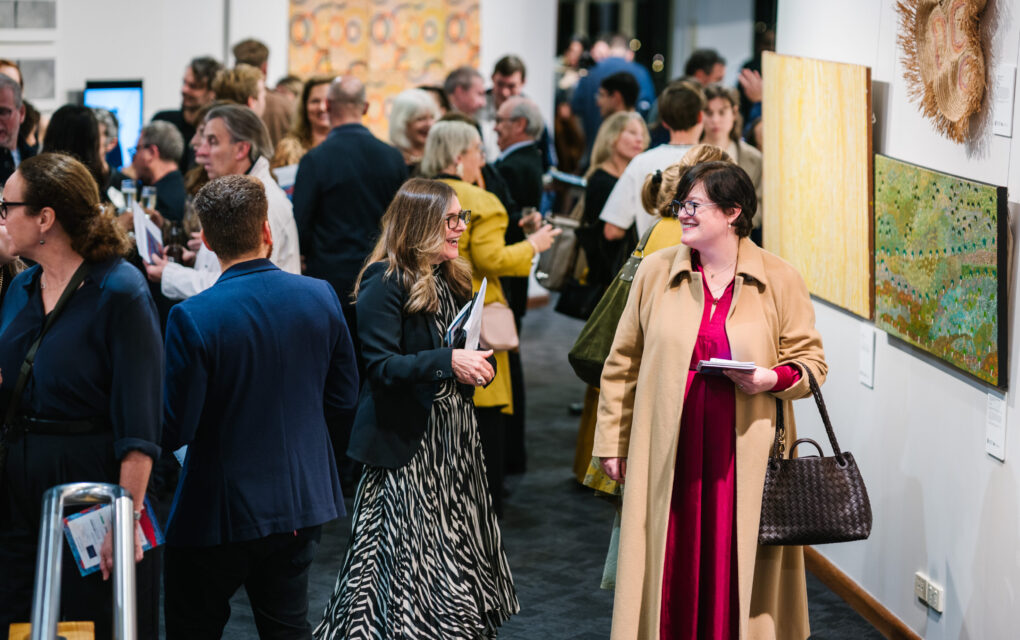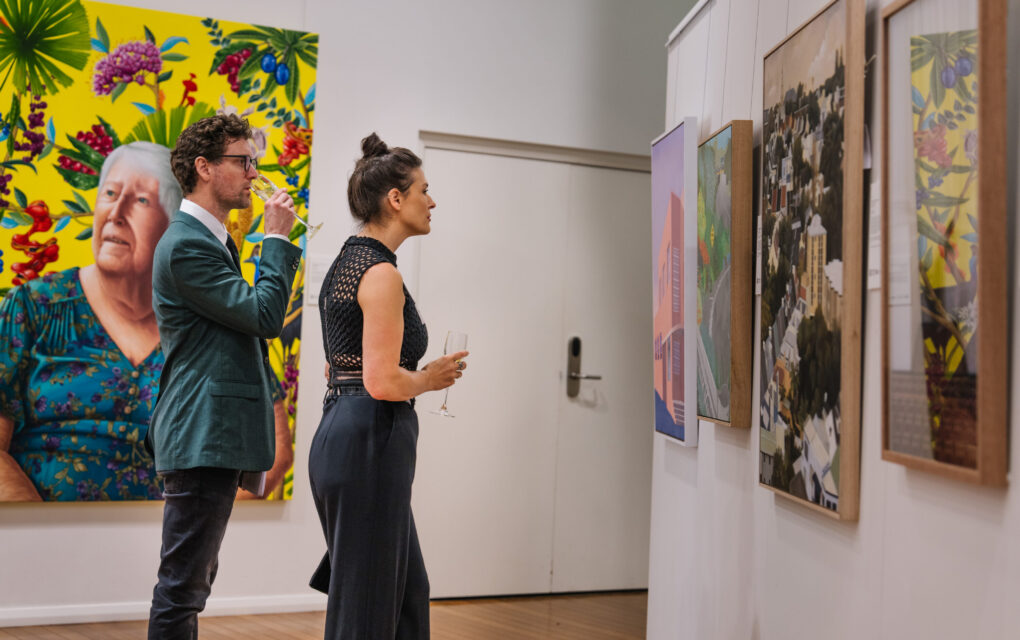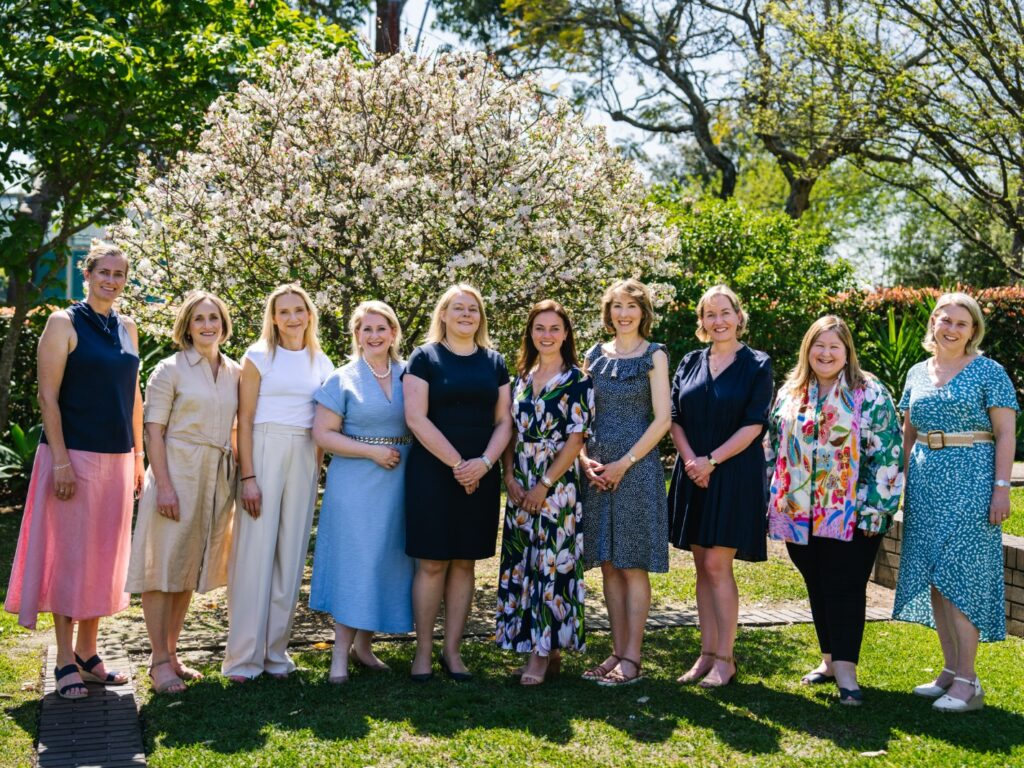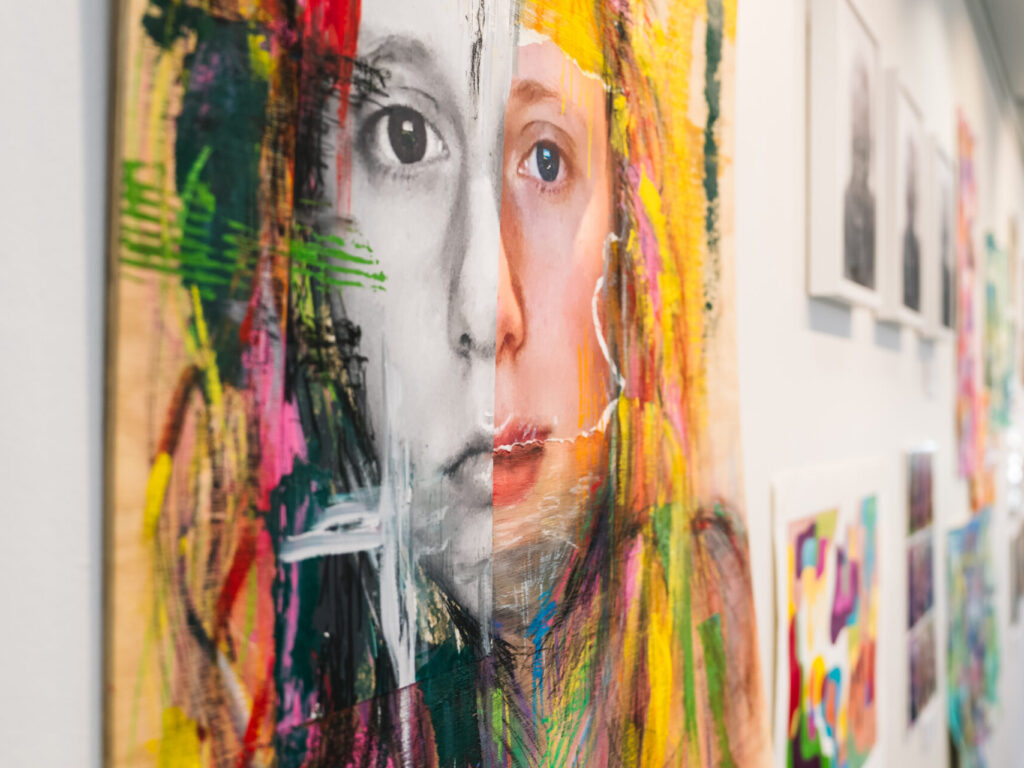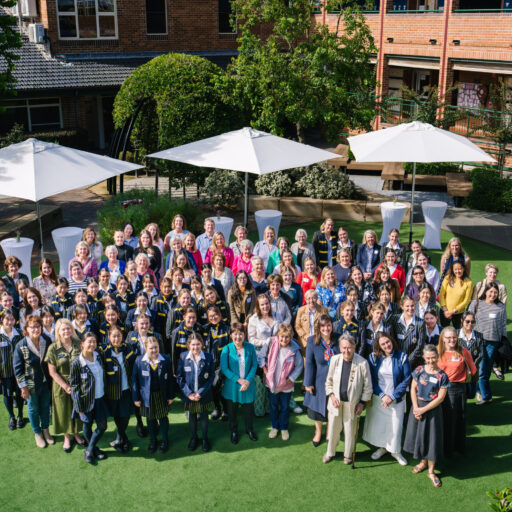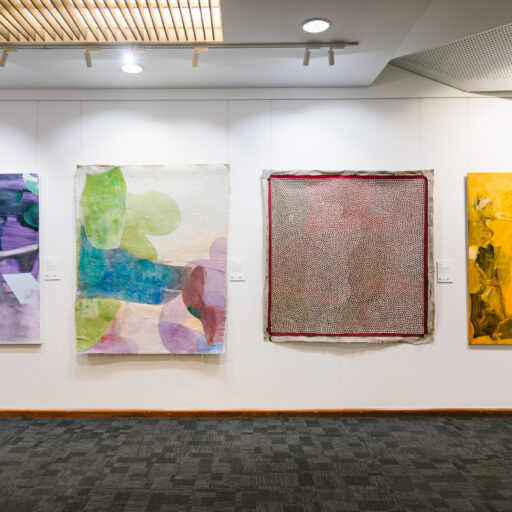‘Being a girls’ school, it is important to promote equity for women within the visual arts, which was the basis of the reason for the Prize.’ – Ms Kathryn Minkley, Head of Visuals Arts, Ravenswood School for Girls
Now in its ninth year, Australia’s highest-value art prize for women, the Ravenswood Australian Women’s Art Prize, celebrates the work of women artists, working with the School to showcase innovative and laudable works of art for students and the wider community.
The idea of the Prize is to actively promote and celebrate the work of Australian women artists over the age of 18. It was originally inspired by the Countess Report (2016), which tracks gender representation in Australia’s museums and galleries.
The Countess Report established that despite women representing 74% of visual art graduates, men still had three to four times the number of exhibition opportunities in Australia. The subsequent Countess Report (2019) reported a 10 to 20% increase in the representation of women artists in artist-run spaces, commercial galleries, contemporary art organisations, public galleries, major museums and university galleries.
The 2016 report, however, was the trigger for the Prize’s inception in 2017, as well as for the School’s plan to raise the profile of visual arts and highlight to students its impact.
Tasmania-based artist Elaine Green was a finalist in the Emerging category early in the Prize’s history and says that prizes are really important for helping women artists to raise their profiles and build confidence.
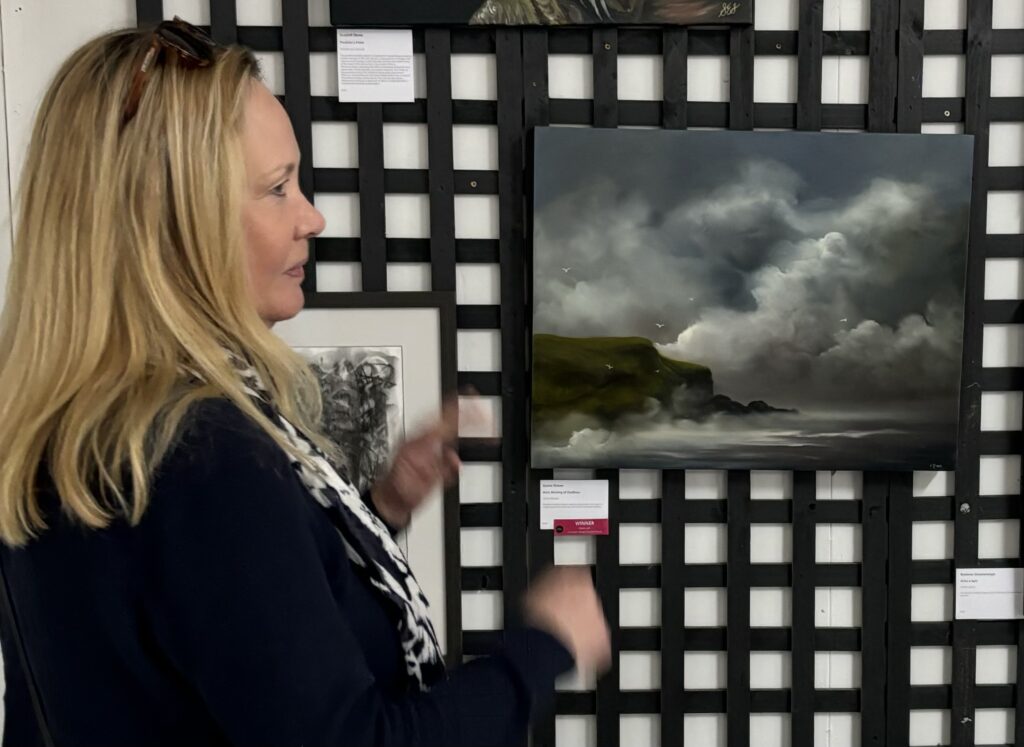
Elaine Green with one of her works of art
‘I’ve entered quite a lot of prizes, and each one builds your confidence and spurs you on,’ she says.
One of Elaine’s entries, a painting titled The Valley Woke, was not only a finalist one year, but was selected by Ravenswood students as a theme for a live performance in Darling Harbour. Thrilled by the honour, Elaine flew to Sydney from Tasmania to see the students’ performance and says she treasures the memory.
Images from Opening Night of the 2024 Ravenswood Australian Women’s Art Prize
Katrina Collins (1975) was the inaugural winner of the Emerging Art Prize and is now a Guest Judge. Katrina won later in her career, having worked as a painter in her 20s, before putting this aside while raising her family.
‘I’ve been an artist for a very long time as a companion piece to being a teacher and a busy mum bringing up kids as well,’ she explained. ‘But I’ve always had a studio and I’ve always been working. I could not believe when I won and was very happy to make a speech about how great it was to “emerge” at the age of 58!
‘I found painting a lonely profession in my 20s and I was very happy to go back to teaching and to make space for painting around that. And that worked really well for me, but getting towards the end of a career in art education, it was really nice to think that my paintings are still reaching an audience. And since winning the Prize, of course, they’re reaching a much wider audience.’
Ravenswood’s Head of Visual Arts, Ms Kathryn Minkley, has been on the judging panel of the Prize for the past three years and says it’s a great thing to be part of. She’s proud of the School’s commitment to the Prize and to art generally.
‘From an educational perspective and a teaching and learning perspective … it creates very rich connections for the students with contemporary visual artists,’ she says.
‘We use the works very strongly in Visual Arts. We create teaching resources when I know what works are going to be in the exhibition and I also share a document with all the heads of department, so they know the works that are coming in.
‘Being a girls’ school, it is important to promote equity for women within the visual arts, which was the basis of the reason for the Prize.
‘One of the first winners, Joan Ross, is a video artist who does these incredible post-colonial works. When she won the Prize, she was a professional artist, but she was still a little bit underground. Her work now is in major art museums around the world.’
‘Having the students see and meet real-life role models in the art world is also important, she adds: ‘For them to see how an artist can forge a very solid career out of the visual arts is quite inspiring … It is exciting to engage with these artists. I feel very privileged that I get to meet them and have the conversations and discover their practice. And there have been occasions where I engage them in workshops or small residencies within our teaching and learning space with particular Year Groups.
‘Students also have the opportunity to speak with the artists. Our Year 11 International Baccalaureate Visual Arts students are hosts at the Opening Night Art Prize event, so they welcome the artists. They get the opportunity to have a conversation with the artists about their practice.
‘They shadow the artists throughout the evening and get to have these extraordinary conversations about material and conceptual practice. They learn about why ideas connect to their art making and what it is about the world that they’re commenting on, whether it’s an important social, political issue, or about the joy of art making and the joy of the world.’
Entries for the 2025 Ravenswood Australian Women’s Art Prize are now open and close on 5 March 2025. Tickets for Opening Night (20 June 2025) open in March. The Exhibition of the Finalists (21 June to 6 July 2025) held at Ravenswood School for Girls is free and open to the public.
Visit ravenswoodartprize.com.au for more information.
This article was originally published in the Summer 2024 edition of Semper.

